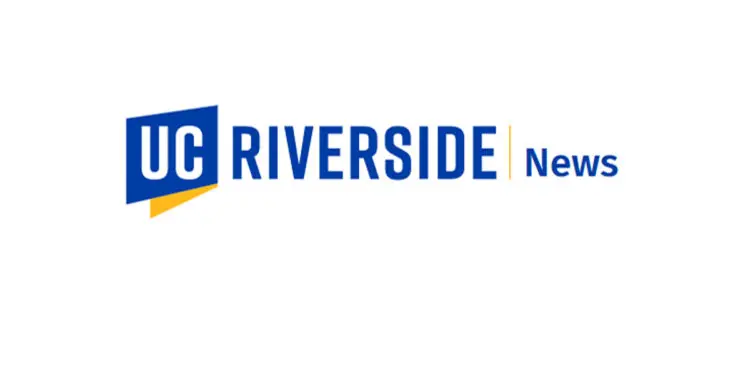Incorporating a magnetic field could help capacitors store more energy without breaking down according to researchers from University of California, Riverside.
Capacitors store energy in an electric field. Like batteries, which store energy in chemicals, capacitors can be used to power electronic devices. Because there are no chemicals to deplete, capacitors are almost endlessly rechargeable, reducing the need to mine chemicals such as lithium and eliminating battery waste. Unlike batteries, however, which can store large amounts of energy, the storage capacity of capacitors is currently limited because too much charge causes them to break down.
In a paper published in Applied Physics Letters, Alex Khitun, a research engineer leading the Device Discovery Lab in UC Riverside’s Marlan and Rosemary Bourns College of Engineering, has proposed for the first time a way to increase the storage capacity of capacitors using a compensatorial inductive field, which combines electric charge with a magnetic field. Khitun believes that the energy per volume stored in a simple parallel plate capacitor using the compensational method may eventually exceed that of gasoline.
By placing a parallel plate capacitor within a time-varying magnetic field, inductive voltage partially compensates the electrostatic voltage produced by the electric charges and accumulates a larger amount of charge on the plates. The presence of the magnetic field prevents the capacitor from breaking down. It may be possible to increase the amount of energy released during the discharge by synchronizing the changes in the electrostatic and inductive voltages.
“Right now we can only do this for a fraction of a second,” said Khitun. “We’re going to have to improve this to days to make it practical.”
The paper, “An entertaining physics: On the possibility of energy storage enhancement in electrostatic capacitors using the compensational inductive electric field,” is available here.






























